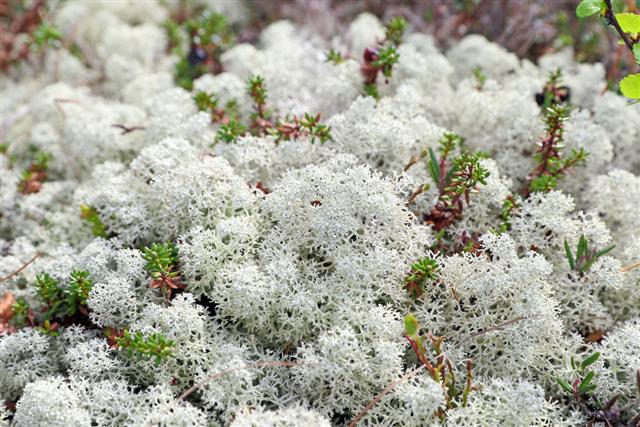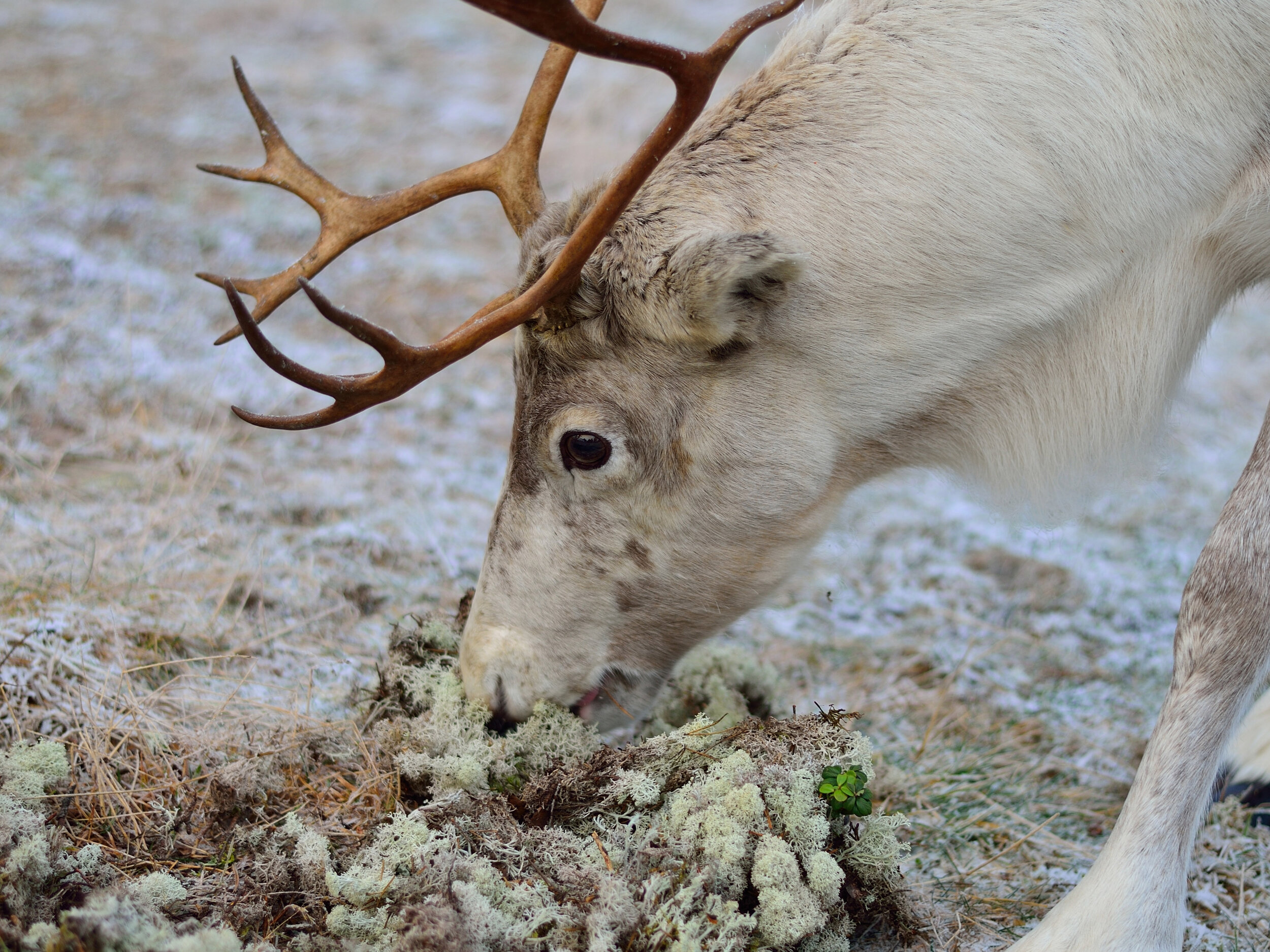How Does Caribou Moss Adapt to the Tundra
It just dries out and goes dormant when there is little or no light or water. Besides the behavioral adaptation of migrating to escape the worst of the winter cold they have changed physically inside and out to live in this demanding biome.
How does moss adapt to the tundra.

. Plants also have adapted to the Arctic tundra by developing the ability to grow under a layer of snow to carry out photosynthesis in extremely cold temperatures and for flowering plants to produce flowers quickly once summer begins. There are tiny branches 1-4 inches long connected to each other. How does arctic moss adapt to the tundra.
It has the ability to absorb moisture and nutrients from the air through cells on its surface however it is also a hazard to them because they absorb pollutants in the air. Hollow stems andor stocks. Tundra means treeless therefore most of the plants in the tundra are low growing plants.
They can survive eating only lichens that grow on the barren rocks on the tundra. Caribou moss can survive for a long time without water. Animals have many adaptations to survive in this harsh environment.
The caribou adapts to the desert by having antleers to help it fight off enimies that want to eat it and did you know that caribou are. To conserve moisture this plant developed leaves which have a thick and leathery texture. These physical adaptations make it possible to survive in their harsh northern climate.
Long legs and broad flat hooves allow them walk on snow and a dense woolly undercoat overlain by stiff hollow guard hairs helps keep them warm. It just dries out and goes dormant when there is little or no light or water. 34 Related Question Answers Found.
The caribou adapts to the desert by having antleers to help it fight off enimies that want to eat it and did you know that caribou are also called raindeer. There are strong winds up to 100 miles per hour. They are short and never have wooden stems and have tiny leaves usually only one cell thick.
It is fluffy and roomy inside because of its hallow branches. How does the caribou adapt to the tundra. Why do animals live in the tundra.
This plant has many adaptations which make it able to survive in the tundra. By Martha Adams i The caribou which is what Europeans call reindeer Rangifer tarandus is highly adapted to life on the Arctic tundra. Caribou have special adaptations that allow them to survive their harsh arctic environment.
Can survive without water for a long time. Habitat Caribou are migratory animals and are known for mass migrations across the tundra in search of food. Caribou moss can survive for a long time without water.
The Caribou Moss is a lichen that is made of fungi and algae. Not many kinds of animals live year-round in the Arctic tundra. The Calliergon giganteum grows in the arctic tundra which is a harsh cold environment in the Northern Hemisphere within the arctic circle.
This is useful because the tundra has very little rain fall. Caribou moss belongs to the class of lichens. Is caribou moss edible.
Over a long period of time the Caribou moss has many adaptations living in the tundra that is its tissues isnt easily damaged by frost and instead of ding it hibernates. These hardy species have unique adaptations like many Arctic-dwelling organisms to endure tough winters and survive in extreme conditions. It is adapted to the incredibly strong winds because it grows near to the ground.
Arctic Moss Arctic Willow Caribou Moss Labrador Tea Arctic Poppy Cotton Grass Lichens and Moss. Each branch takes at least a year to grow. In addition to having the ability to make food when temperatures are low and light is limited caribou moss may go into hibernation to reserve limited stored supplies of nutrients.
Some scientists think that the caribou evolved to fill the tundras food niche that other animals couldnt fill. Very few other animals eat lichens. Because it can grow under water it is protected from the drying winds and cold dry air of the frozen tundra.
The Arctic Moss has adapted well to its cold climate. In the wintertime Caribou will use their hooves to dig through snow to get to moss and other lichens that lie beneath the arctic surface. They also have a warm thick coat to protect them from both extreme cold in winter and insect attacks in summer.
Up to 24 cash back First of the Caribou Moss is a Decomposer so it breaks down dead fauna and flora. How does the caribou adapt to the tundra. Up to 24 cash back Just like all the other plants inhabiting tundra they are well adapted to resist heavy winds and soil disturbances.
Up to 24 cash back APPEARANCE. Over a long period of time the Caribou moss has many adaptations living in the tundra that is its tissues isnt easily damaged by frost and instead of ding it hibernates. Which makes it ideal for the tundra.
Foamy GreenGray spongy mass. How do plants adapt to the tundra. The plant can grow up to a whole four to six inches.
Caribou have special microorganisms in their stomachs which let them digest lichen. It has adapted to the harsh environment that is the Tundra are that its tissue is not damaged by frost. People are afraid that the reindeer and the caribou are dying from eating lichens.
Their short nature means that it is adapted to the incredibly strong winds because it grows near to the ground.

Tundra Plants All Things You Need To Know About Them
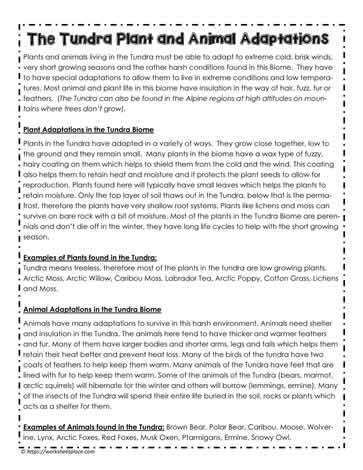
Tundra Plant And Animal Adaptations Worksheets

Tundra Plants All Things You Need To Know About Them

Plants Plant Species How To Dry Basil
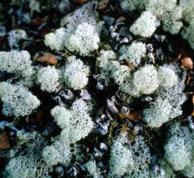
Blue Planet Biomes Caribou Moss
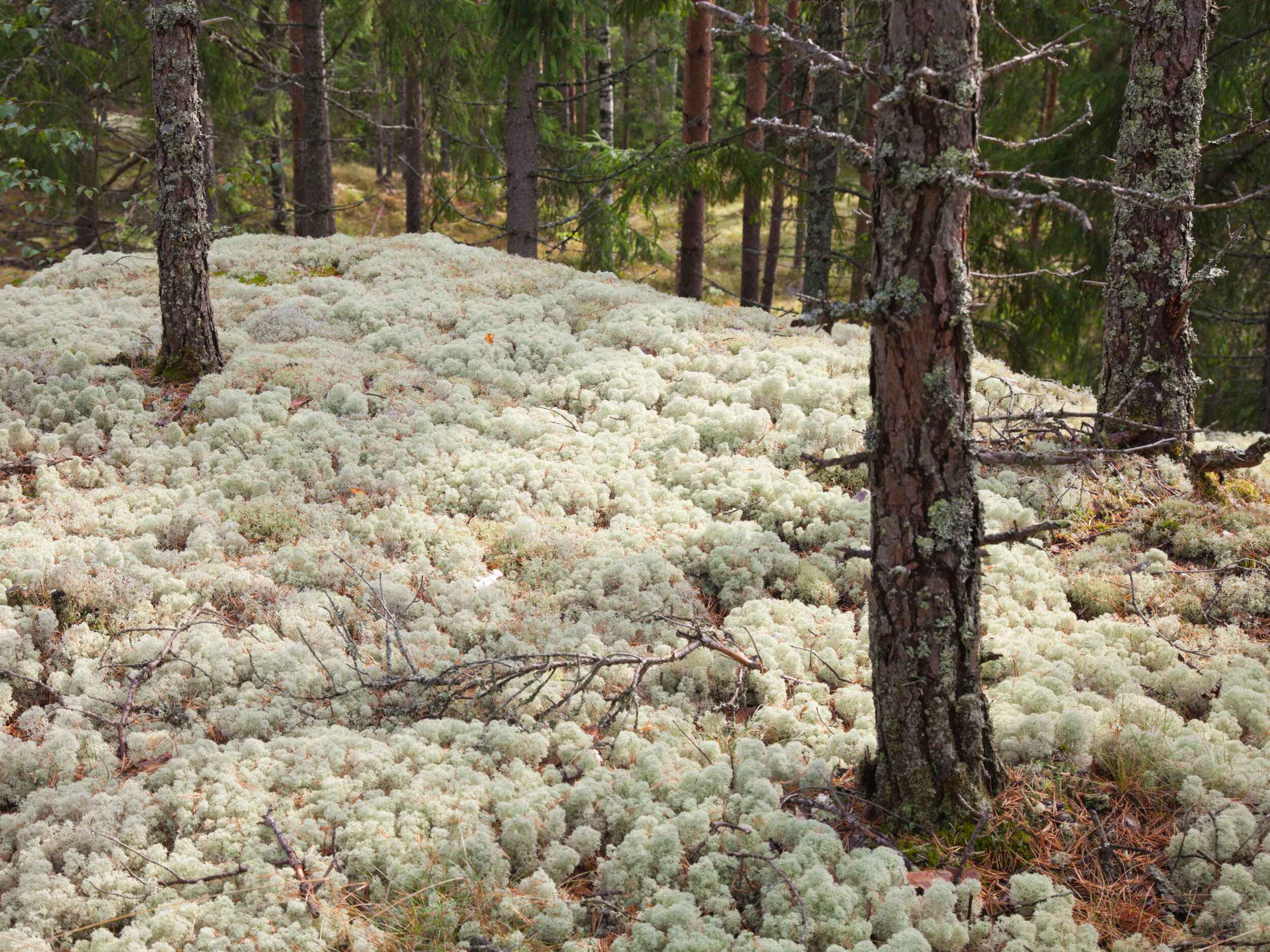
Reindeer Moss Hand Picked With Care For Nature Nordgrona
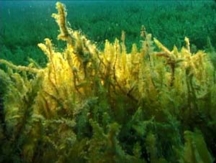
Blue Planet Biomes Arctic Moss

Biome Project Tundra By Sam Dersch

Tundra Plants All Things You Need To Know About Them


